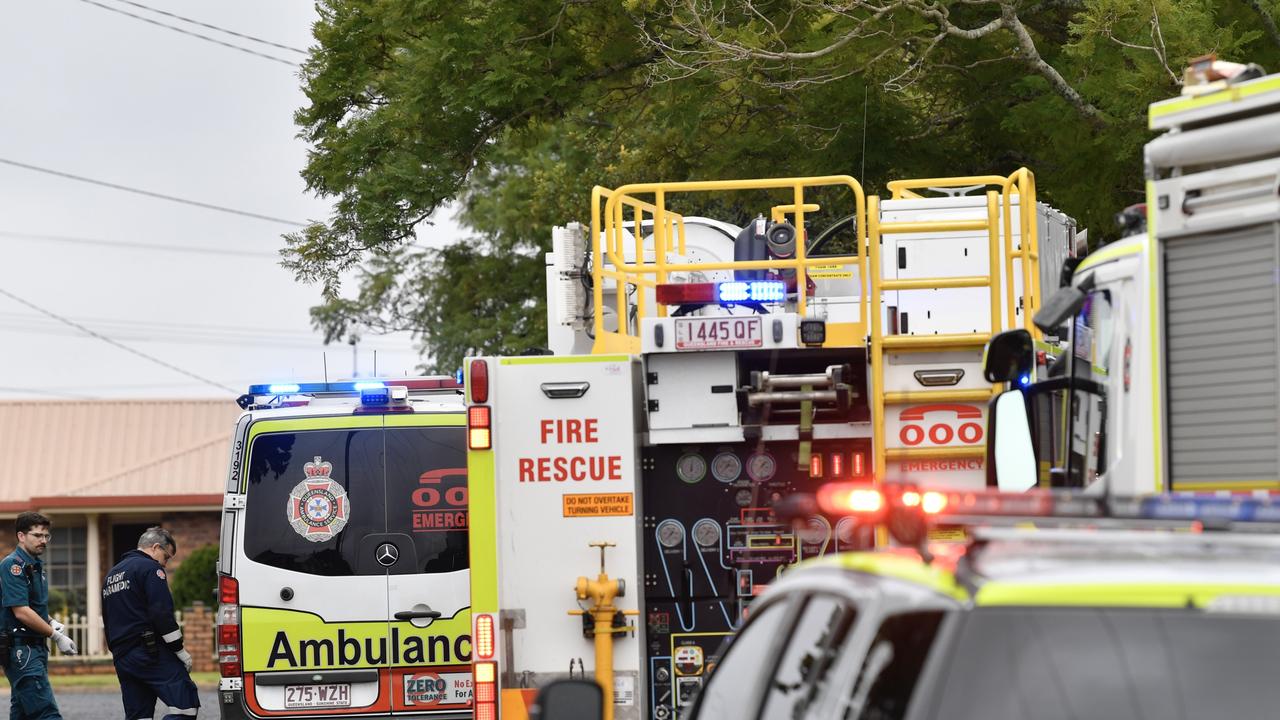Way We Were: The weather men who made Queensland’s meteorological history
Long before we could ask ‘Hey Siri, will it rain today’, these were our old school forecasters whose predictions were uncannily accurate, writes Dot Whittington.

QLD News
Don't miss out on the headlines from QLD News. Followed categories will be added to My News.
The weather holds a special fascination in a land of floods, drought and cyclones, and during the century before Google, long-range forecasting belonged to Queensland.
Clement Wragge, Inigo Jones and Lennox Walker followed weather cycles and used the planets and sunspots to inform the decisions of farmers, business, builders and even the punters and brides of Australia. They had their detractors but were revered by primary producers. The dynasty began with Wragge, who founded the Meteorological Society of Australasia in 1886 and was the meteorological observer in the Queensland post and telegraph department.
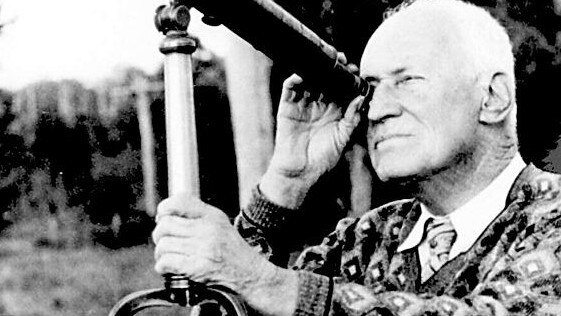
He issued forecasts, pioneered research into cyclones in the Pacific, and is also credited with introducing the use of the Greek alphabet, biblical and personal names for cyclones and low pressure systems.
In 1891, at a world meteorology conference in Germany, Wragge was introduced to Eduard Bruckner’s ideas on the planetary effects on climate and this, with his own theories on the effects of sunspots on the weather, set the course for Queensland’s famous long-range forecasters. It was Wragge’s young apprentice, Inigo Jones, who took the theories further. Weather conditions, he contended, followed a uniform pattern based on sunspot activity varying the magnetic field of planets.
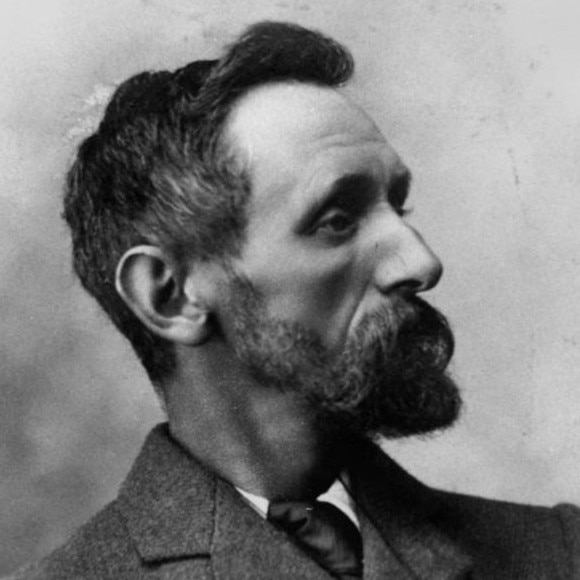
Jones was only 15, when he joined Wragge at the meteorology office. He left five years later when his parents bought a farm at Peachester in 1892, which they named Crohamhurst after a park near Inigo’s birthplace in Surrey.
For the next 30 years, Jones helped his father on the farm and continued his meteorological research as a hobby. He came to appreciate the farmer’s dependence on weather forecasts and in 1923, began issuing long-range predictions based on detailed charts and extensive records full-time.
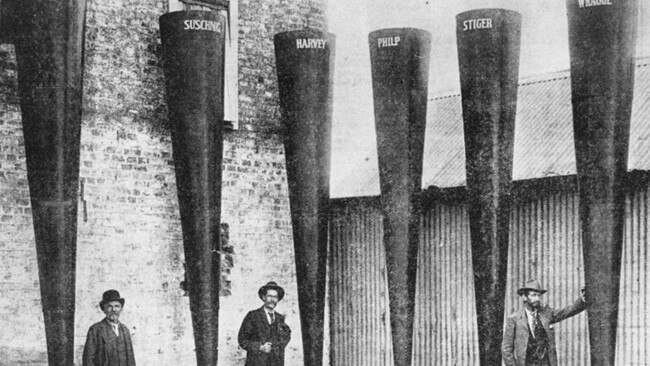
The Queensland government appointed him director of the Bureau of Seasonal Forecasting of the Council of Agriculture, and the Inigo Jones Seasonal Weather Forecasting Trust was formed in October 1928. His forecasts, which appeared regularly in newspapers around the nation, were widely acclaimed during the 1920s and 1930s and his work quickly put the observatory he built at Crohamhurst on the map after it opened in 1935. Although Jones was a respected member of various scientific organisations, two government investigations concluded his methods had no scientific basis.
But the orthodox weathermen who criticised his forecasting, could not argue with Jones’ prediction of his own death.
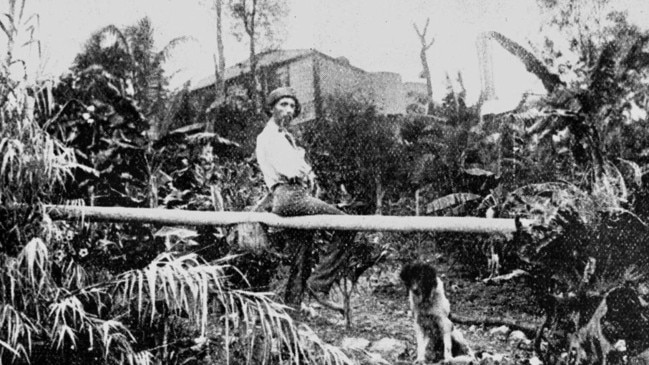
In the weeks before he died, he wrote to a young man who had applied to become an assistant that if he intended to accept the offer, he had better hurry as there wasn’t much time left. He also told his chief assistant, Robert Lennox Walker, that he did not feel he would be going to the observatory the following day. He was right. He suffered a heart attack and died, aged 81, on November 14, 1954.
The death of “one of the best-known identities of the eastern states of Australia” was widely mourned. The premier, Vince Gair, said that although not everyone agreed with Jones’ methods of forecasting weather, they appreciated his desire to give service, while the Queensland Dairymen’s president said he hoped Jones’ work would continue.
It did. Within days of his death, Lennox Walker, a 29-year-old ex-serviceman was announced as his nominated successor. He had been working at Crohamhurst Observatory for 16 months.
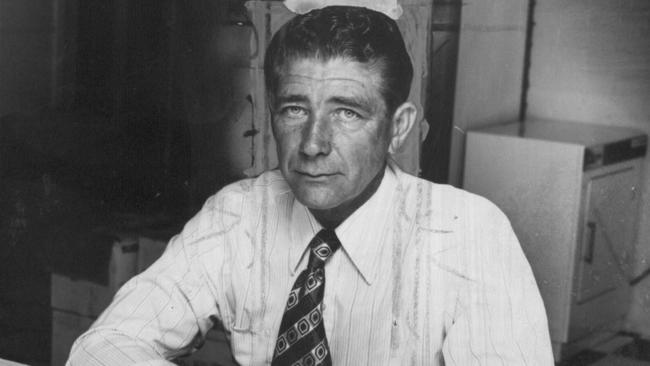
Born in Sydney, Walker had served on the Kokoda Trail and on his return, studied as a surveyor and worked with the NSW and Queensland Forestry Commissions. An eager student of Jones, he also believed that weather could be predicted by past cycles. His first triumph came in 1956, with his forecast for the Melbourne Olympics. He predicted fine weather for the games despite intense rain during spring. The rain stopped in time for the opening ceremony on November 22.
He also forecast Cyclone Tracey, which devastated Darwin in 1974. As well as primary industry, Lennox was kept busy forecasting weather for weddings, holiday-makers, businesses, and regular reports to newspapers.
Punters asked about weather for race meetings so they could foretell track conditions. One called hoping for a wet track for the Melbourne Cup in 1976.
“It will be,” Walker told him. He was advised to back Van Der Hum. He did. It was one of the wettest Cups on record, and Van Der Hum won. At 68, after 41 years of forecasting, Lennox retired and handed the reins to his son Hayden Walker who continues to use the work of those who came before him and retains the extensive records, some dating back to the 19th century. He successfully predicted cyclones Larry, Yasi, Marcia and Olwyn and the April 2015 floods on the NSW coast.
Crohamhurst was sold in 2002, and was heritage listed in 2008.


